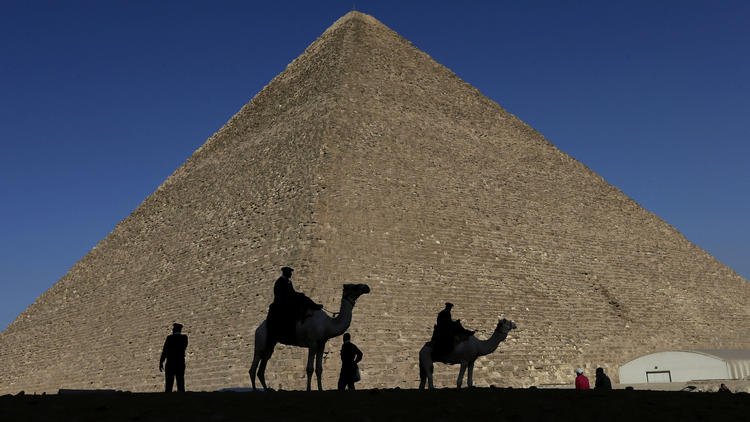H igh above Egypt and wherever else, vast beams barrage the environment.
igh above Egypt and wherever else, vast beams barrage the environment.
The beams comprise for the most part of hydrogen cores, however they complete their interstellar voyage with a blast, part into a shower of littler rudimentary particles when they hit the sky. Adversely charged particles called muons wink into reality and out again inside millionths of a moment, shooting descending at about the speed of light. Every moment, muons rocket through your skull by the hundreds. Muons are small to the point that they're safe. They're likewise difficult to distinguish.
In any case, they're not imperceptible to physicists, who can utilize the particles' direction to peer through generally invulnerable substances, the way a X-beam uncovers a broke bone.
Presently, by observing the inestimable rain on Egypt's Great Pyramid, a global research group has identified a huge void covered up inside 4,500-year-old stone structure.
The 455-foot-tall Great Pyramid, or Khufu's Pyramid, is the remainder of the Seven Wonders of the Ancient World as yet standing. The newfound void is almost 100 feet long. The pit is above and comparable in size to the Grand Gallery, an entry through the pyramid's tummy that prompts the King's Chamber.
"They truly hit pay soil," said Roy Schwitters, a specialist in trial high-vitality material science at the University of Texas at Austin who was not included with this venture. "It's an extra
Lol, that's really neat to know that we are still learning new things about the ancient world. Thank you for sharing.